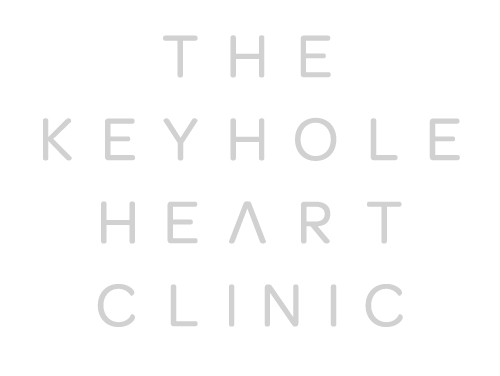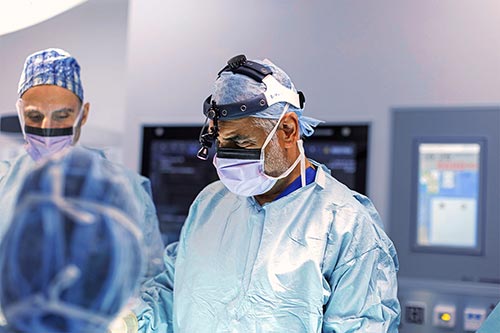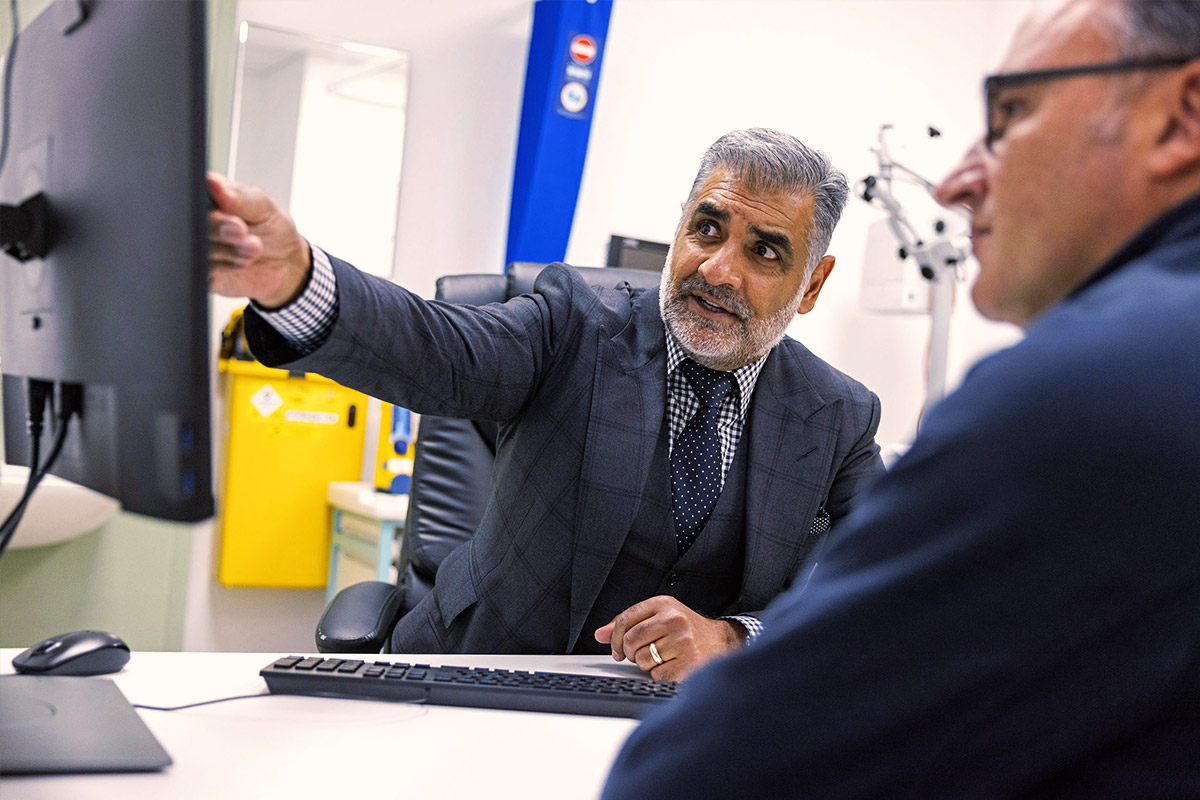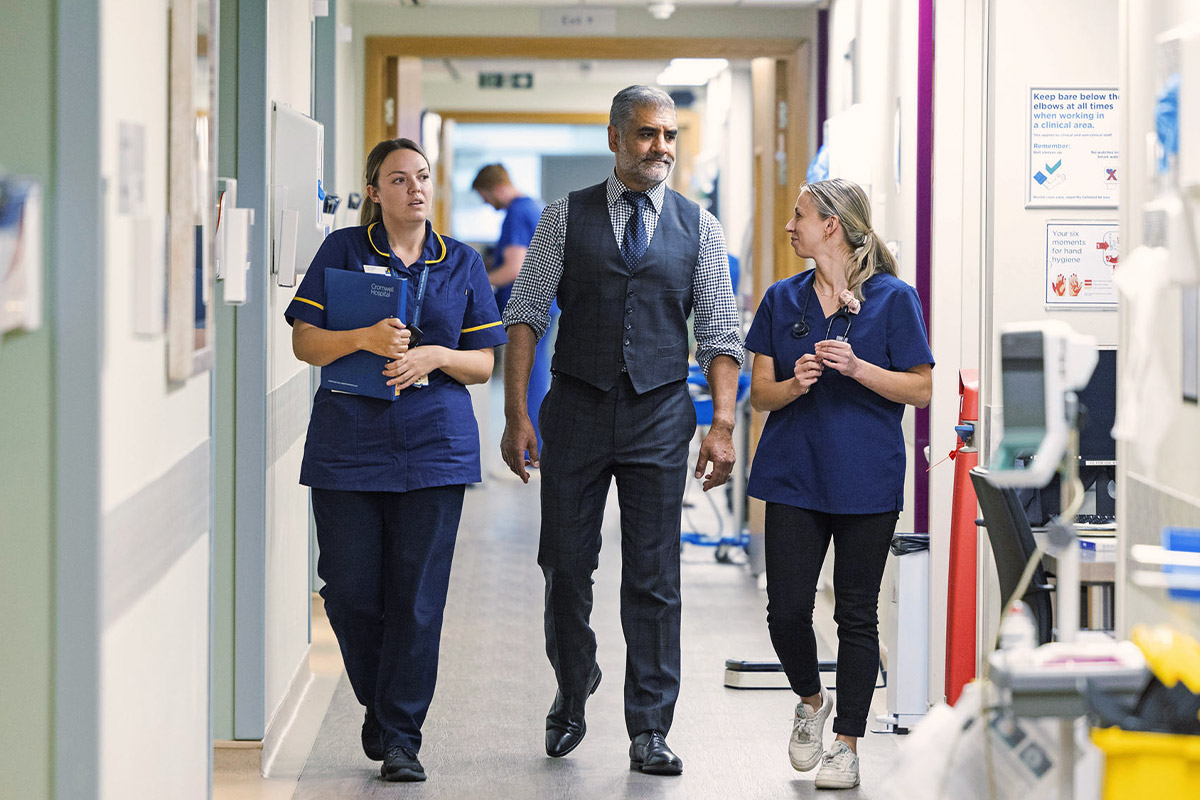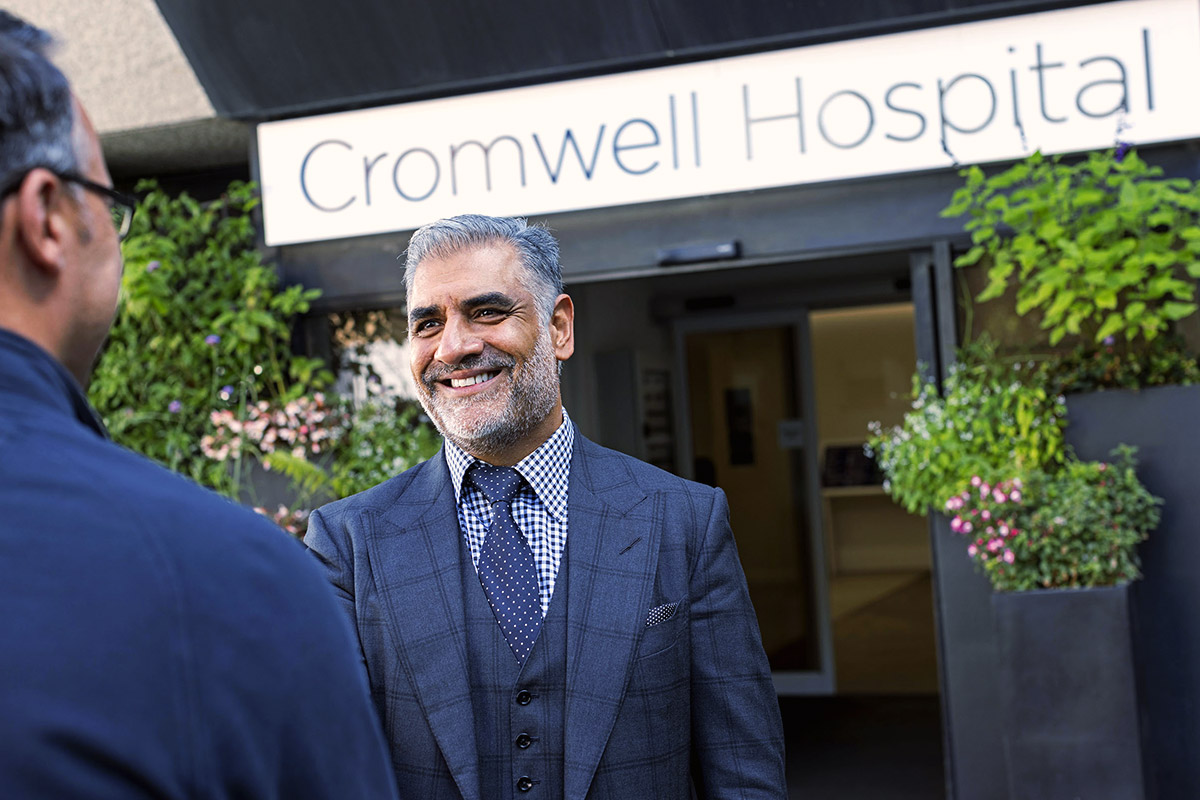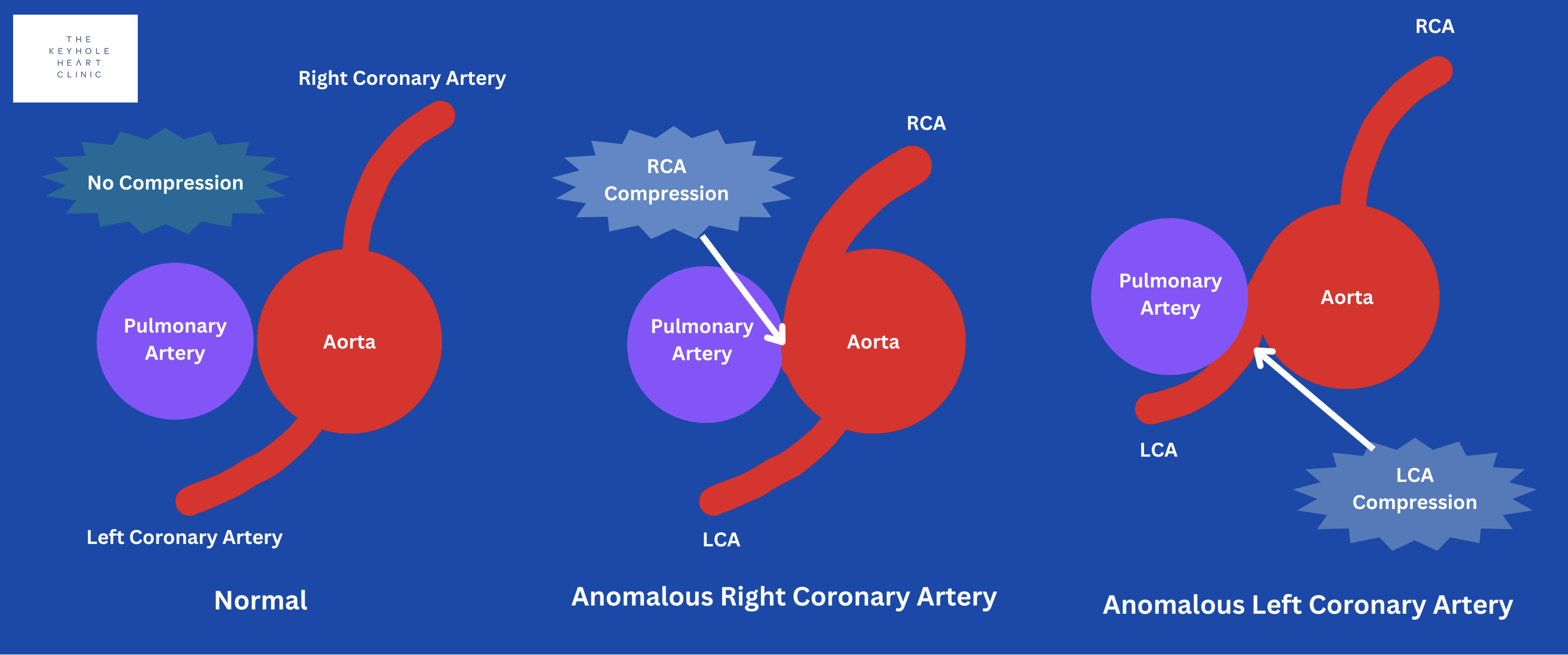Tricuspid Valve
Read MoreASSOCIATED CONDITIONS
Tricuspid Valve Disorder
The tricuspid valve is located between the right atrium and right ventricle of the heart. It is usually made up of three flaps, called the anterior posterior and septal leaflets. The function of the tricuspid valve is to prevent backflow of blood from the right ventricle to the right atrium. However, sometimes it does not function as normal, and there are some tricuspid valve disorders you should be aware of. Diseases of the tricuspid valve can produce rigidity as in mitral stenosis, or the heart can sometimes stretch producing tricuspid valve regurgitation.
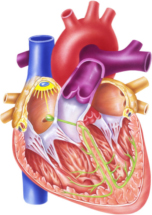
Tricuspid Valve Disorder refers to two kinds of valve disease; Tricuspid Regurgitation (when the valve is leaky, allowing blood to leak backwards), and Tricuspid Stenosis (when the valve leaflets are stiff and do not open wide enough to let blood flow freely).
Tricuspid Valve Disorder Symptoms & Tricuspid Regurgitation Signs
When you have a tricuspid valve disorder, there are many tricuspid valve disorder symptoms you can be vigilant of. However, sometimes there are no tricuspid valve disorder symptoms, and the patient can live for a long time without even realising something is wrong. As with most heart disorders, it’s best to look out for tricuspid regurgitation signs, as any heart disease caught early enough will mean a better result for the patient.
Tricuspid valve disorder symptoms & tricuspid regurgitation signs to look out for:
- Irregular heartbeat
- Tired/fatigued quite easily
- Discomfort in the neck area
- Swelling of the legs and ankles
Treatment of tricuspid valve disorder
Most tricuspid valve conditions cannot be adequately treated with medicine so many require a valve repair or replacement. Many patients will want to have surgery in order to minimise tricuspid valve disorder symptoms, but treatment varies based on a number of things.
For example, the severity of the tricuspid valve disorder, your age and health, and whether the disorder is your only heart problem, or whether you have another issue you need correcting.
Heart valve repair is usually the first choice as there is usually less risk of infection and may stop the need for blood thinning medications.
However, some valves cannot be repaired, or repaired valves may eventually need replacement. During a consultation with the Keyhole London Heart Clinic, your doctor will advise you about tricuspid regurgitation signs, symptoms, decide what kind of treatment or surgery is best for your current stage of condition, and will discuss how the condition may progress in future.
Keyhole Surgery for Tricuspid Valve Disorder Treatment
Tricuspid valve replacement and repair can both be done using a minimally invasive keyhole approach, by skilled surgeons at The Keyhole Heart Clinic. In this procedure, a very small incision is made between the ribs, on the right-hand side of the chest, or through a blood vessel in the groin. Our minimally invasive techniques mean many benefits for a patient suffering with a tricuspid valve disorder, such as lesser recovery time, smaller, more subtle scars, less bleeding, and less chance of infection.
Do you have any questions about tricuspid valve disorder, tricuspid valve disorder symptoms, or tricuspid regurgitation signs? Simply get in touch with our friendly team, and we would be more than happy to assist you!
Services
How We Can Help You
